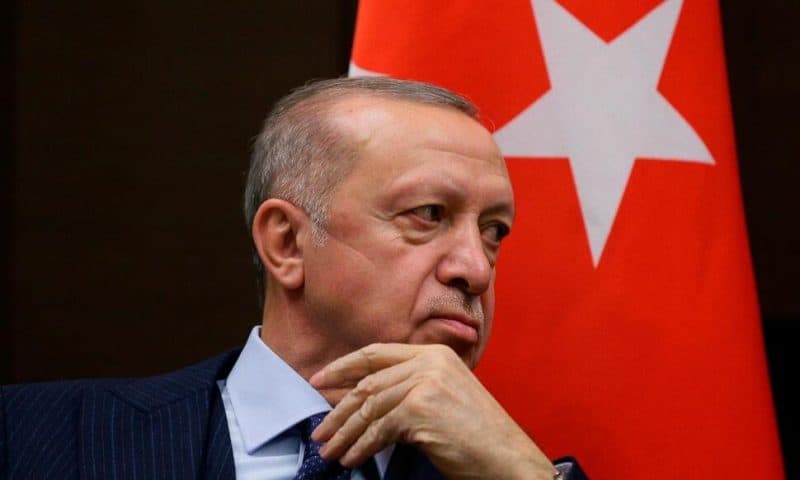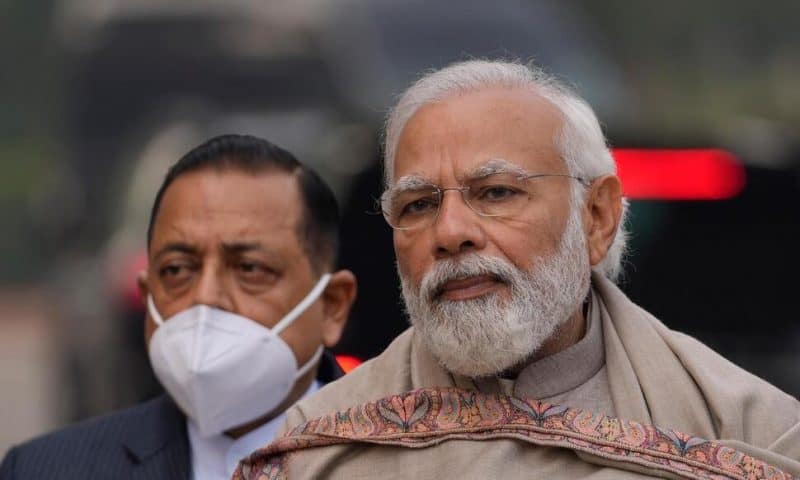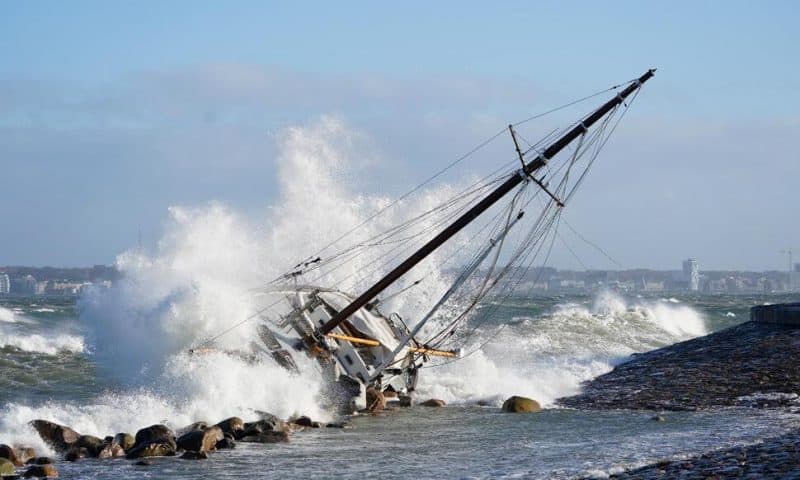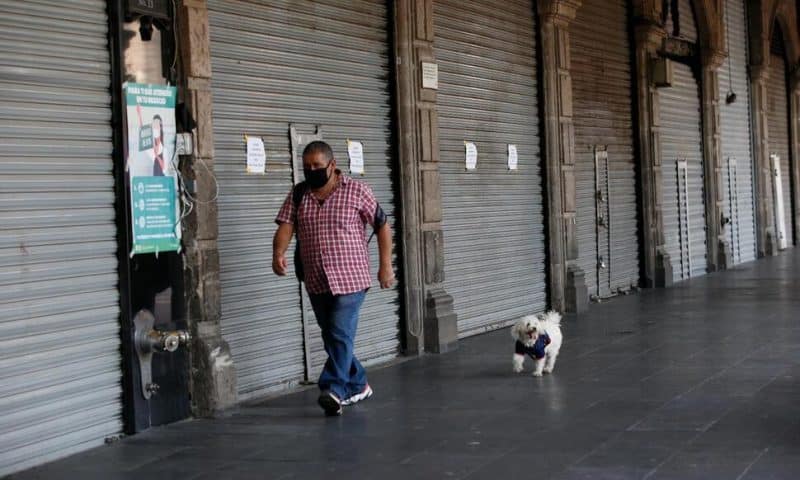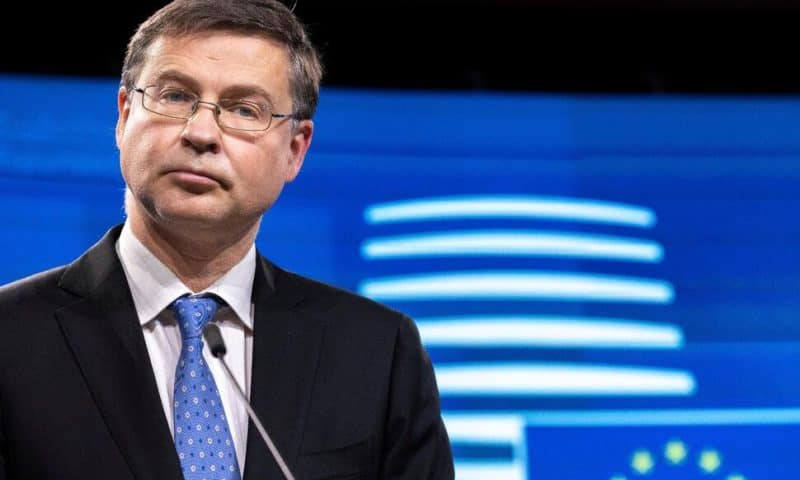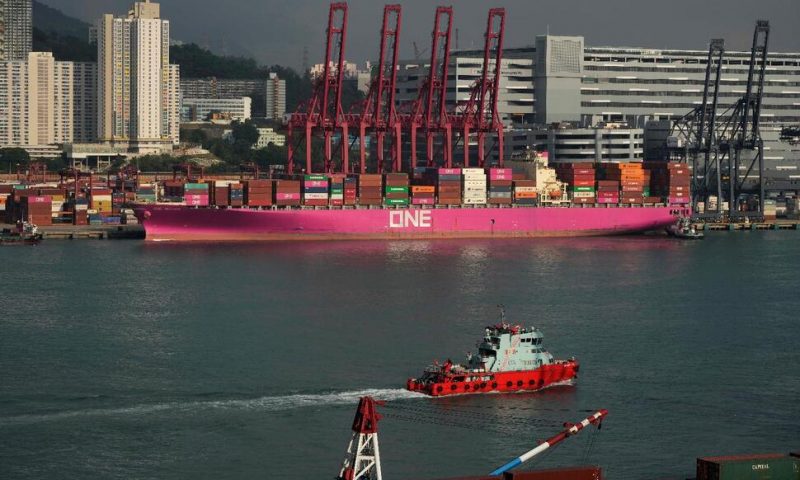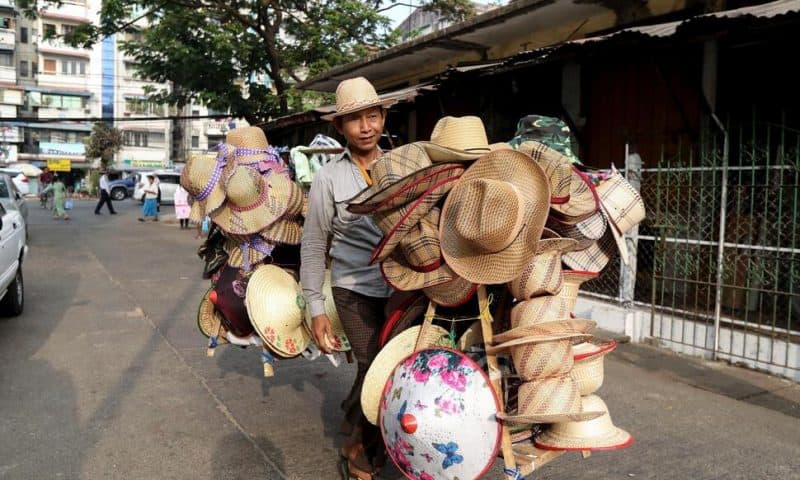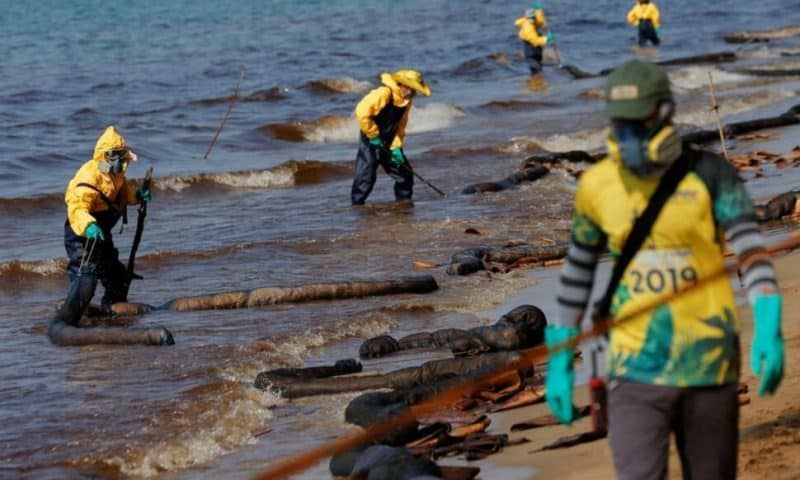Hungarian Prime Minister Viktor Orban lobbied for a higher volume of Russian natural gas shipments to Hungary during a meeting in Moscow with Russian President Vladimir Putin.
BUDAPEST, Hungary — Hungary’s prime minister lobbied for larger shipments of Russian natural gas Tuesday during a meeting with President Vladimir Putin in Moscow amid high tensions over Russia’s buildup of troops along Ukraine’s borders.
During a news conference following their meeting in the Kremlin, Hungary’s right-wing nationalist leader Viktor Orban said he had requested the expansion of Hungary’s 15-year gas contract with Russian energy company Gazprom to ensure larger-volume deliveries amid ballooning energy prices in Europe.
While no formal agreement was reached, Orban’s request underscored the close economic and diplomatic ties that Hungary — a member of both the European Union and NATO — has pursued with Moscow. Those actions have raised eyebrows in some European capitals where Russia is viewed as a malign actor and threat to the security of the whole 27-nation EU.
Orban’s Tuesday meeting with Putin, his 12th since he took power in Hungary in 2010, was Putin’s first in-person meeting with a Western leader since the escalation of tensions over a Russian troop buildup near Ukraine began last fall. Hungary has avoided taking a definitive stance on the buildup, which involves some 100,000 Russian troops along the borders of Ukraine, Hungary’s neighbor to the east.
But on Tuesday, Orban urged a diplomatic resolution to the tensions, which have sparked worries over a potential Russian invasion of Ukraine.
“I viewed my current visit as a peace mission as well,” Orban said. “I was able to tell the president that the European Union is united, and that there is not a single European Union leader who wants a conflict with Russia.”
A vigorous advocate of national sovereignty, Orban regularly accuses the EU of overstepping its bounds when it comes to exerting its influence in the affairs of the bloc’s 27 nations.
But he has been careful not to assert a position on Russian demands that NATO pull its weapons and forces out of allied countries in Eastern Europe — something that would have a direct impact on Hungary.
NATO members in Europe have signaled they would send troops, warplanes and ships to Eastern European allies in response to Russia’s military buildup.
Yet in a radio interview with Hungarian broadcaster InfoRadio on Thursday, Hungary’s defense minister, Tibor Benko, said that the Hungarian armed services “do not consider it appropriate, nor do we require the deployment of NATO reinforcement forces here. We can perform these tasks ourselves.”
Orban’s trip to Moscow amid the standoff over Ukraine was criticized by his political opponents at home as a betrayal of Hungary’s interests and alliances. In a statement, a coalition of six Hungarian political parties aiming to defeat Orban in Hungary’s April election urged the prime minister to cancel his trip, arguing that Russia’s actions had been an attack on Hungary’s sovereignty.
“In this tense situation, it is treasonous to go to Moscow,” the opposition alliance wrote.
Budapest has argued that its approach to Russia is based on purely pragmatic considerations, and that its interests in the areas of energy, trade and security are best served by strong bilateral relations with Moscow.
Orban has argued against sanctioning Russia at the European level, and on Tuesday said that such penalties “have been more damaging to Hungary than to Russia.”
“In my opinion, (sanctions) are a tool doomed to failure in international politics. Neither in the case of Russia nor in the case of any other country do I consider them to be effective,” Orban said.
At the news conference in Moscow , Putin signaled that he was ready to increase gas supplies to Hungary from 4.5 billion to 5.5 billion cubic meters per year, adding that Hungary would be insulated from future energy price spikes in Europe by its long-term contract with Russia.
The two leaders also discussed the potential for Hungary to manufacture Russia’s COVID-19 vaccine Sputnik V, and the progress of a 12 billion-euro ($13.6 billion) Russian-backed project to add two nuclear reactors to Hungary’s only nuclear power plant.



